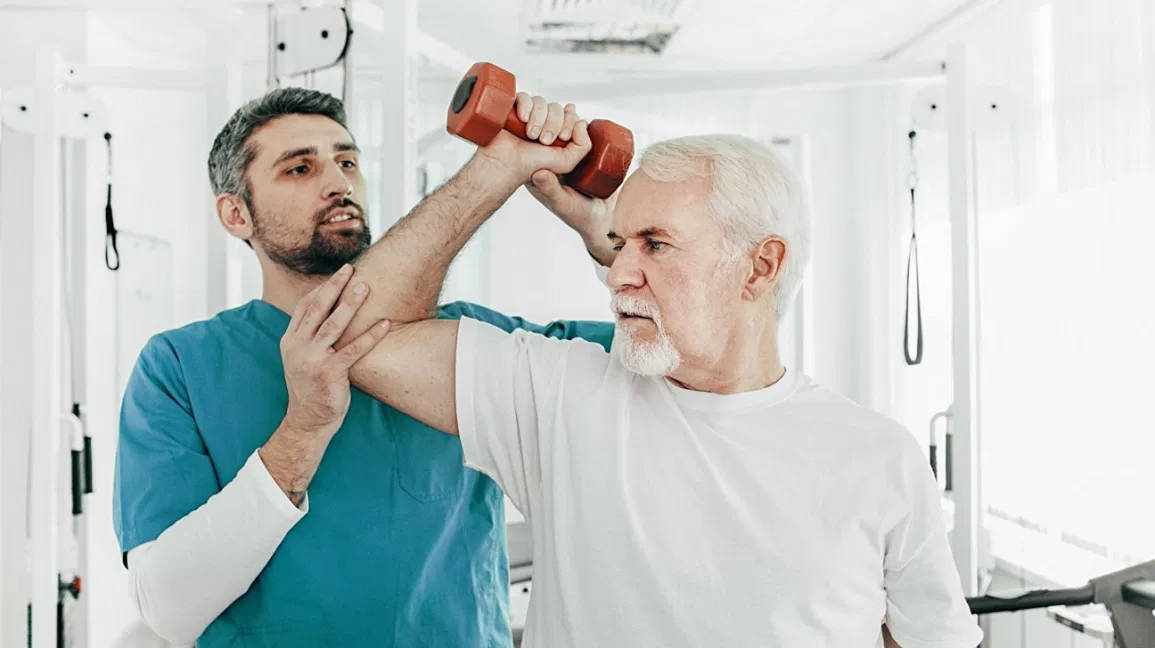In Microsurgery, the doctor uses a microscope with magnifications fifty times higher than those of the naked eye to repair a tissue defect or connect a small blood vessel. Microsurgical techniques are often used to cover soft-tissue defects after oncologic resection or trauma. They also allow surgeons to borrow tissue from a patient’s relative excess. This surgical technique can restore function and form lost due to war or industrial accidents, or even cancer.
How Field of Microsurgery Began?
The field of microsurgery began in the early 1960s. Julius H. Jacobson II performed the first microvascular surgery using an operating microscope to repair damaged blood vessels in an area as small as 1.4 mm. He also coined the term “microsurgery” to describe this new type of surgical procedure. Kleinert and Kasdan performed the first revascularization of partial digital amputation in 1963, and Nakayama’s team performed the first microsurgical free-tissue transfer using a vascularised intestinal segment.
The surgical instruments used in microsurgery include surgical sutures, forceps, and microscopes. Microsurgery requires high magnification to visualize body structures, such as the inner ear. Without a microscope, surgeons would not be able to perform these procedures. Forceps are essential to microsurgery, as they help surgeons manipulate tissues. They can lift large tissues from the surgical site, allowing the surgeon to examine underlying tissue and have more room for the procedure. The micro mosquito is one of the most important types of forceps used in microsurgery.
A Microscope Magnifies the Operating Field and Provides Precision Instrumentation
Microsurgery is an alternative treatment for many different medical conditions. The surgeon uses a microscope to view the area and make the required adjustments. A microscope magnifies the operating field and provides precision instrumentation. Surgeons can use this technique to treat cancerous tumors, remove blood vessels, and repair damaged tissue. The microscope and the microsutures are the most important tools used in microsurgery. They make it possible for the surgeon to repair a tissue defect that would have been impossible to repair otherwise.
With the help of high-speed internet, surgeons can stream surgical procedures through the microscope. High-definition magnification helps the surgeon understand the fine circulation, while custom-designed free-tissue transfer allows for minimal blood loss. A microsurgical robot, however, is still missing. It will probably be another “game changer” for microsurgery, but the possibilities are endless. It is difficult to predict what the future holds.
Another Method used during Microsurgery is Anastomosis
Microsurgery is a revolutionary procedure that has changed the field of Reconstructive Plastic Surgery. A skilled microsurgeon is now able to transplant large amounts of tissue. Another method used during microsurgery is anastomosis, which is the connection of successively smaller blood vessels or nerves. In this way, a surgeon can repair or reattach severed body parts and organs. For these reasons, microsurgery is a vital tool for Reconstructive Plastic Surgery.
While the field of plastic surgery is still fairly young, it has evolved dramatically over the past several decades. The emergence of vascular ligature and suture techniques, as well as the development of heparin, have made microsurgery more accessible and more effective. Dr. Harry Buncke first performed rabbit ear replantation using his garage as his lab. He later used his home-made instruments to implant a primate great toe into a hand.
For Patients with Poor circulation, Leech Therapy may be Recommended
After microsurgery, patients are usually prescribed physical therapy. These include individualized exercises to help them recover. For patients with poor circulation, leech therapy may be recommended. This procedure involves attaching a leech to the part of the body that needs to be repaired, and injecting substances into it. The substances in the leech act as local anesthetics and prevent blood clots. These treatments are repeated daily until the area regains normal circulation.
End-to-end anastomosis is not always possible. In certain cases, the cut ends of the blood vessel cannot be attached without tension. For this procedure, nonessential veins similar to the recipient blood vessel are harvested from the patient. The grafted veins are reversed so the venous valves do not interfere with the blood flow. The cut ends of the vein are secured with sutures and end-to-end anastomosis is performed on both sides of the grafted blood vessel.



